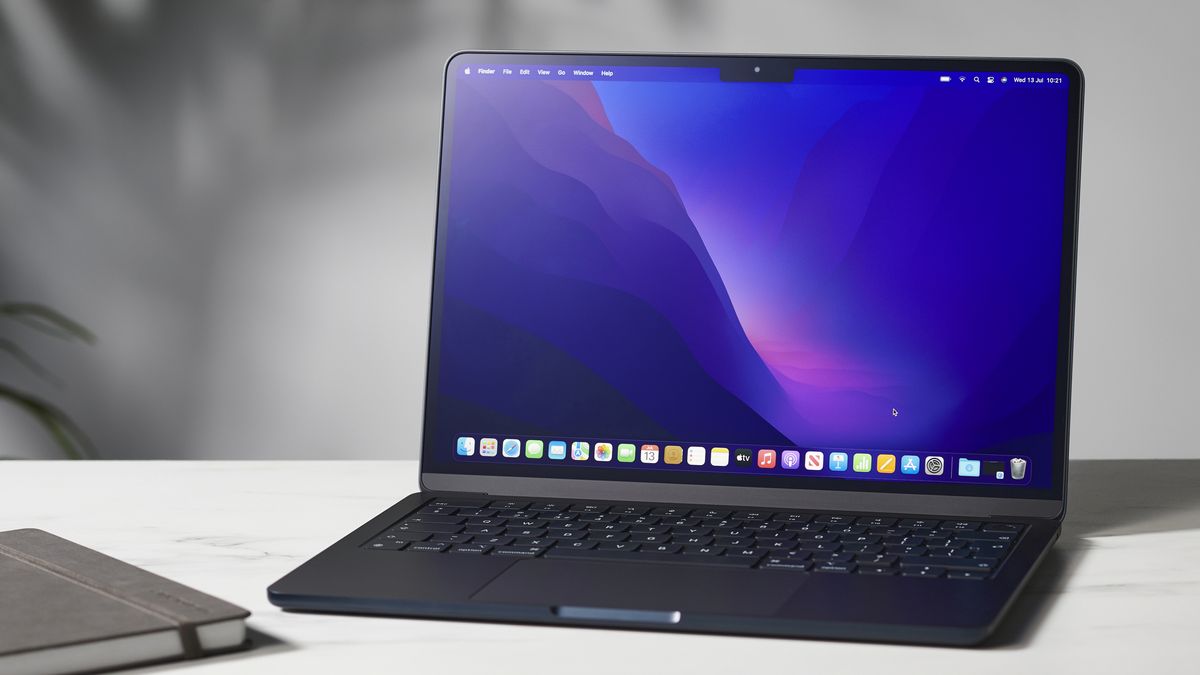
7 Tips for Supercharging the Speed of Your New Mac
Key Takeaways:
A lightning-fast Mac can be a game-changer for productivity, efficiency, and overall user experience. If you are determined to unlock the true potential of your new Mac and want it to run like a well-oiled machine, then you’ve come to the right place.
1. Optimize Your Startup Items
Having a long list of apps and programs launching at startup can significantly slow down your Mac’s speed. It’s crucial to streamline your Mac’s startup items to optimize performance.
To do this:
- Click on the Apple menu in the top-left corner of your screen and select “System Preferences.”
- Go to “Users & Groups” and click on your username.
- Select the “Login Items” tab.
- Uncheck the boxes next to the apps you don’t need to launch at startup.
By only allowing the necessary applications to launch at startup, you’ll notice a considerable improvement in your Mac’s speed right from the beginning.
2. Clean Up and Optimize Your Hard Drive
A cluttered and fragmented hard drive can significantly slow down your Mac’s performance. To maintain lightning speed, it’s essential to regularly clean up and optimize your hard drive.
Here’s how you can clean up your hard drive:
- Delete unnecessary files, such as old and unused applications, files, and documents.
- Empty your Trash bin to permanently remove unnecessary files from your system.
- Use a reputable software cleaner to scan and remove unnecessary system logs, caches, and temporary files that can consume valuable disk space and slow down your Mac.
Once you’ve cleaned up your hard drive, it’s time to optimize it for smoother performance:
- Launch the “Disk Utility” application, located in the Utilities folder under Applications.
- Select your hard drive from the list.
- Click on the “First Aid” tab.
- Click “Run” to scan and fix any errors on your hard drive.
Regularly performing these steps will help keep your hard drive in top condition, ensuring faster and more efficient operations.
3. Keep your Mac’s Software Up to Date
Keeping your Mac’s software and operating system up to date is crucial for overall performance and security. Apple periodically releases updates that include bug fixes, enhancements, and improved compatibility.
To update your macOS:
- Click on the Apple menu, then select “System Preferences.”
- Click on “Software Update.”
- Click “Update Now” if any updates are available.
By regularly updating your software, you’ll ensure that your Mac is running smoothly and efficiently, with all the latest features and optimizations.
4. Close Unnecessary Applications and Processes
Running multiple applications and processes simultaneously can place a heavy load on your Mac’s resources, causing a significant slowdown. It’s essential to close any unnecessary applications and processes running in the background.
Here’s how you can do it:
- Press Command + Option + Escape on your keyboard to open the Force Quit Applications window.
- Select the applications or processes you want to close and click “Force Quit.”
Once unnecessary applications and processes are closed, you’ll notice a boost in your Mac’s speed and responsiveness.
5. Utilize Safari’s Energy-Saving Features
If you’re a Safari user, you can maximize your Mac’s battery life and optimize performance by taking advantage of Safari’s built-in energy-saving features.
Follow these simple steps:
- Launch Safari.
- Go to Safari in the top menu and select “Preferences.”
- Click on the “Advanced” tab.
- Check the box next to “Stop plug-ins to save power.”
Enabling this option will stop power-hungry plug-ins from running in the background, conserving your Mac’s energy and further improving performance.
6. Customize Animation and Transparency Effects
Macs come with visually appealing animation and transparency effects that enhance the overall user experience. However, if you’re looking to prioritize speed over aesthetics, you can customize and disable these effects.
Here’s how you can do it:
- Click on the Apple menu, then select “System Preferences.”
- Select “Accessibility.”
- In the “Display” tab, check the boxes next to “Reduce motion” and “Reduce transparency.”
Once you’ve disabled these effects, you’ll notice faster window animation and increased responsiveness.
7. Upgrade Your Mac’s Hardware
If you’ve exhausted all the software optimizations and you’re still not satisfied with your Mac’s speed, it might be time to consider a hardware upgrade.
While this may require a financial investment, upgrading components like the processor, RAM, or hard drive can dramatically improve your Mac’s speed and overall performance.
Frequently Asked Questions
Key Takeaways:
Conclusion
Unlocking the lightning speed of your new Mac is within your reach. By following these expert tips, you can optimize your Mac’s performance, increase productivity, and enjoy a seamless user experience. Remember, regular maintenance and updates are essential to ensure your Mac stays at peak performance in the long run.
Source: insidertechno.com